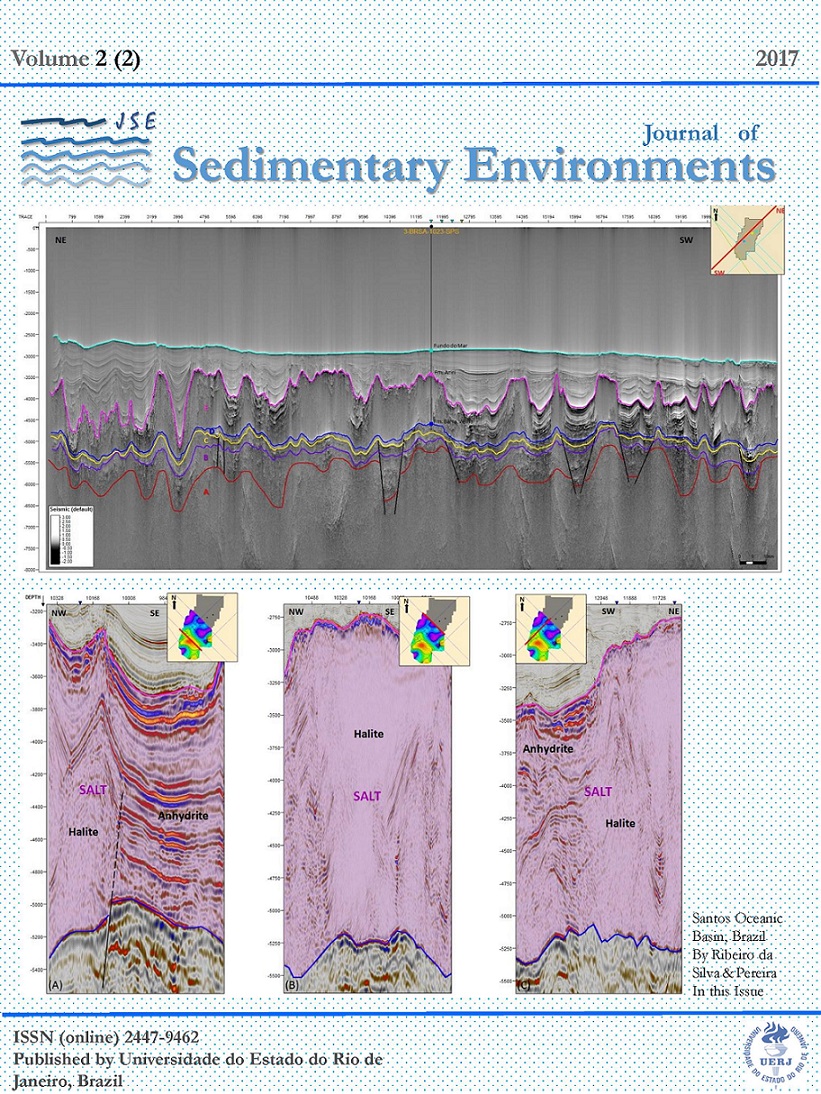SEDIMENT QUALITY AND POSSIBLE USES OF DREDGED MATERIALS: THE RIA DE AVEIRO LAGOON MOUTH AREA (PORTUGAL)
DOI:
https://doi.org/10.12957/jse.2017.30055Keywords:
Contamination. Trace metals. Enrichment factor. Harbours management. Dredging Regulation.Abstract
Dredging is a common and important activity to maintain or improve/extend navigable depths in many ports and harbours. Dredging sometimes occur in areas where the sediments are contaminated material and is subject to consent and licensing according to the national regulations. This work shows the general pattern of distribution of potentially toxic elements (PTEs), such as As, Cd, Co, Cr, Cu, Ni, Pb and Zn, in surface sediments of the Ria de Aveiro lagoon mouth area (Portugal). The work is based on textural, mineralogical and geochemical analysis of 137 surface sediment (first centimetre) samples. The Pollution Load Index (PLI) was used to evaluate the overall enrichment of these elements and the enrichment factor (EF) was determined to assess the degree of anthropogenic input of PTEs. Portuguese Ministerial Order n.° 1450/2007 was used as reference to classify dredging and elimination or application of dredging materials. Results evidence that the study area, which is highly anthropized, the concentration of PTEs is largely controlled by the hydrodynamics. The PLI index values show the highest enrichment of metals in the western side of Mira Channel entrance. The EF values indicate that eighty-three stations have significant enrichment of metals particularly Pb and Cr being the significant enrichment by Cr much more common and by Pb punctually. According to the Portuguese regulation most of the sites can be classified as clean dredged material (Class 1), sixteen sites as dredged material with trace contamination (Class 2) that may be immersed in the aquatic environment taking into account the characteristics of the receiving environment and its legitimate use; and one station (29) as slightly contaminated dredged material (Class 3) that may be used for embankments or in the case of soaking requires a thorough study of the place of deposition and subsequent monitoring. In addition, sediments have an important ecological value.
Published
Issue
Section
License

Journal of Sedimentary Environments (JSE) is licensed under a Creative Commons Attribution-Noncommercial-Share Alike 4.0 International License.

